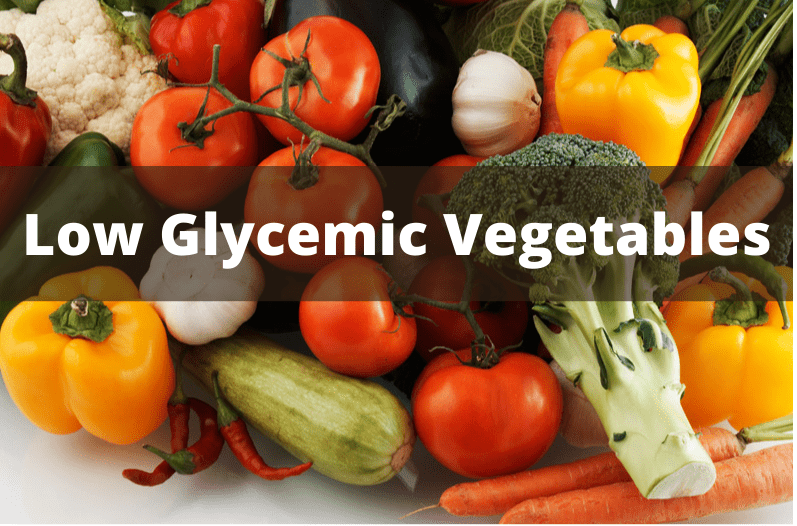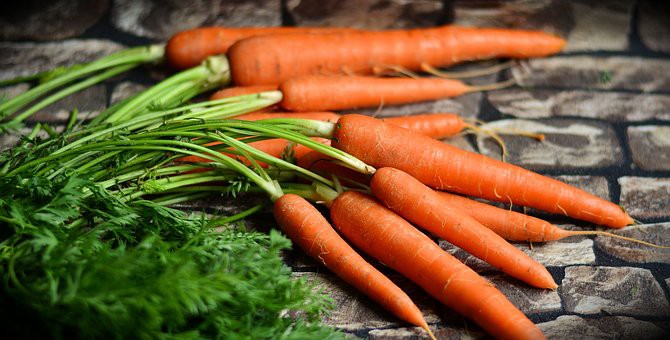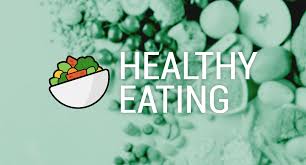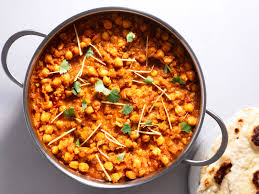Contents
Glycemic Index (GI)
Bread, cereals, dairy items, fruits, and vegetables all have a glycemic index. It is a grading system for carbs that alter blood sugar levels. A glycemic index is a tool that experts use to measure, rank, and assign a glycemic value to food. This shows how each food affects blood sugar levels.
Moreover, carbohydrates from food are broken into simple sugars by our digestive system. It is then absorbed into the bloodstream. Certain carbohydrates might produce an increase in blood sugar levels.
The glycemic index divides foods into three categories:
- High GI foods as 70 or above
- Medium GI foods as 56-59
- Low GI foods as 55 or less
The best option is to eat foods with a low GI rating. These foods digest and absorb slowly. Hence, the blood sugar levels rise more slowly and gradually. On the other hand, avoid foods with high GI ratings. These foods digest and absorb easily. It causing blood sugar levels to spike and fall swiftly.
Moreover, it is to determine the GI value (as well as the glycemic load) of common foods. It’s worth noting that food items are only given a GI value if they include carbohydrates. As a result, food lacking carbs will not appear on GI lists.
These are some examples of such types of food:
- Chicken
- Beef
- Egg
- Fish
- Herbs
- Spices
Guide For Low Glycemic Food Lists
Foods with a low glycemic index are known as low glycemic foods. These foods are beneficial in a variety of ways. Low-glycemic foods can help you lose weight and control your blood sugar. This also helps to reduce the risk of diseases such as type 2 diabetes and heart disease.
Moreover, you digest and absorb low glycemic foods more slowly. It is because it helps to keep blood sugar levels in check. As a result, they are the greatest option for anyone following a low-glycemic diet.
Hence, it is necessary that small amounts of high glycemic vegetables should be consumed. These foods digest and absorb more quickly, resulting in a rapid spike and decrease in blood sugar.
Below lists carries low glycemic fruits and vegetables:
Low Glycemic Fruits
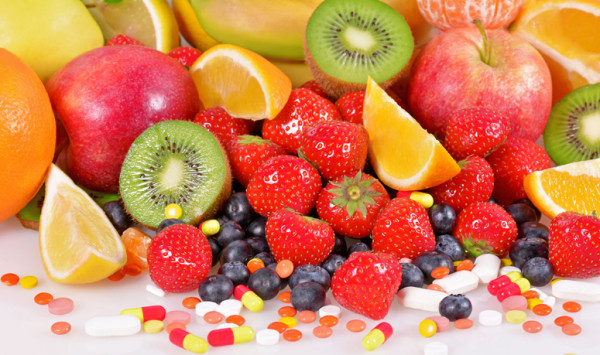
- Cherries
- Grapefruit
- Dried apricot
- Pears
- Apples
- Oranges
- Plums
- Strawberries
- Peaches
- Grapes
Low Glycemic Vegetables
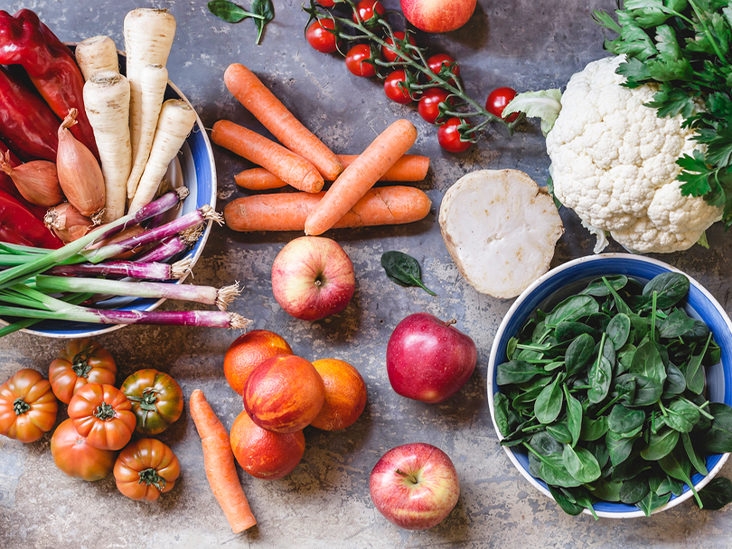
- Carrots
- Green peas
- Onions
- Lettuce
- Greens (spinach, kale, collards, beet)
- Green beans
- Tomatoes
- Cucumbers
- Bok choy
- Mushrooms
- Artichokes
- Brussels sprouts
- Cabbage
- Broccoli
- Cauliflower
- Celery
- Eggplant
- Peppers (bell peppers, jalapenos, serrano, etc.)
- Zucchini and crookneck squash
- Snow peas
Diabetics Friendly Vegetables
Diabetic-friendly diets include foods that help to stabilize blood sugar levels. The glycemic index is a method that helps in determining which foods are safe for diabetic patients to eat. It’s a metric for determining how a particular diet affects blood sugar levels.
It enables you to comprehend how quickly your body turns carbs in food into glucose. Some of the low glycemic vegetables are:
Broccoli

- It is a non-starchy vegetable with a low carbohydrate content.
- This leafy green vegetable is high in nutrients.
- It can help your overall health in a variety of ways.
- It also has a low-calorie count.
Tomato
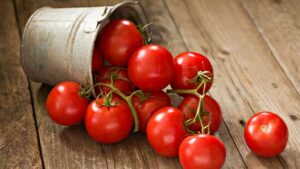
- Tomatoes with a tangy flavour are also good for diabetes.
- These have a low GI rating as well.
- Tomatoes are also beneficial to your cardiovascular health.
- You can use tomatoes in a variety of dishes.
- You can also eat raw and cooked tomatoes
Beets

- Beetroot is a popular root vegetable that is high in vitamins, minerals, and plant compounds.
- It is low in calories and high in vitamin C.
- Both can help to strengthen your immunity.
Spinach
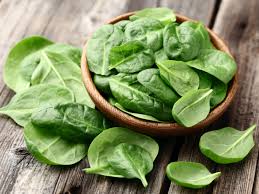
- One of the healthiest leafy greens is spinach
- It is excellent for both diabetics and weight loss.
Carrots

- The GI score of carrots is 39.
- Carrots are high in both protein and fibre.
- Carrot veggie sticks are a nutritious snack to try if you’re hungry late at night.
Blood sugar levels are affected by the number of carbs consumed. However, vegetables are full of vitamins and minerals. It has some limits because GI can differ between cooked and raw forms of the same vegetable.
Also, a diabetics patient should drink in moderation at first. Later, you can consult your doctor to determine the exact amount that is appropriate for your diet.
Benefits of Low Glycemic Vegetables
Foods with a high glycemic index cause high blood sugar levels. This further stimulates insulin production in the body. Insulin, a hormone, takes sugar from your bloodstream and transports it to your cells. It is then converted into energy.
Eating a lot of low glycemic foods is beneficial to your health. Low glycemic food provide several advantages, including:
- Low glycemic vegetables such as carrot and bread reduce the synthesis of insulin, lowering the risk of type 2 diabetes.
- People with type 2 diabetes benefit from low glycemic. It is because it lowers blood sugar levels.
- Low-glycemic foods including whole grains, fruits, and vegetables are high in fiber, which helps to minimize harmful cholesterol density (lipoproteins).
- Low glycemic foods may help you lose weight and control weight gain. Fiber is abundant in foods with a low glycemic index. If you’re on a diet, it will make you feel more satisfied, allowing you to lose weight without feeling hungry.
Foods with a low GI (less than 55) encourage blood sugar levels to rise slowly and steadily. Foods such as mixed-grain, fruit, and oat bread, barley, carrots, onion, tomatoes, cucumber, green peas, and milk are among them.
Drawbacks of Low Glycemic Vegetables
The low GI diet has several advantages, but it also has several disadvantages.
- The GI, for starters, does not provide a whole nutritional picture. Regardless of a food’s GI, it’s crucial to evaluate its fat, protein, sugar, and fiber composition. Frozen french fries, for example, have a GI of 75. Some baked potato varieties, which are a healthier choice, have a GI of 93 or higher.
- Indeed, many low-GI meals are unhealthy, such as Twix bars (GI 44) and ice cream (GI 27–55 for low-fat variants).
- Another disadvantage is that the GI only accounts for the impact of a single item on blood sugar levels. However, it is impossible to predict how the GI would react if most food ingesting a part of a larger mixed meal.
- The GI does not take into account how many carbs you consume. This is, nevertheless, an important consideration when considering their impact on your blood sugar levels.
- Watermelon, for example, has a high GI of 72–80, making it a poor choice for a low-GI diet. On the other hand, it also has a low carb level, with only 8 grams of carbs per 100 grams.
This shows that relying solely on GI to manage blood sugar levels isn’t always the best option. It’s also crucial to examine a vegetable’s food’s carbohydrate content and glycemic load.
Tips To Maintain Low Glycemic Diet
- Eat non-starchy vegetables more.
- Consume grains in their most natural state.
- White potatoes and refined-grain items like white bread and pasta should be limited to a small portion.
- Limit your consumption of concentrated sweets, such as ice cream and other high-calorie foods with a low glycemic index.
- Limit yourself to one-half cup of fruit juice every day. Remove all sugar-sweetened beverages from your diet.
- At most meals, choose a healthy protein such as beans, fish, or skinless chicken.
- Olive oil, nuts (almonds, walnuts, pecans), and avocados are good sources of healthy fats, but only in small amounts.
- Avoid using foods that contain saturated fats from dairy and other animal products.
- Remove all partly hydrogenated fats (trans fats) from your diet, which are found in fast food and many packaged items.
- Each day, eat three meals and one or two snacks and don’t forget to eat breakfast.
- Eat slowly and when it starts satisfying you then consider stopping.
Dietary Tips For Low Glycemic Vegetables
The low glycemic vegetables that we discussed above are good for people who want to follow a diet plan. Moreover, while following a diet, it is important to include high GI vegetables but in moderation. People who are following a low glycemic vegetable diet can also include the following food:

- Lettuce
- Eggplant
- Mushrooms
- Bell peppers
- Jalapenos
- Serrano
Nutritive Pro-Tip
A nutritive pro tip suggests that your diet should include low glycemic vegetables. These types of vegetables are full of nutrients and are beneficial for the body. The lower amount of GI implies a lesser impact on blood sugar. Here are two recipes for you that you can follow.
Recipe 1: Chickpea Curry
You can cook chickpeas in a fragrant with spicy curry sauce and fresh coriander on top. For a fantastic vegetarian midweek supper, serve with rice.
Ingredients:
- Vegetable oil 2 tablespoons
- 2 onions, finely chopped
- Finely chopped 2 cloves garlic
- 2 teaspoons finely chopped root ginger
- 6 whole cloves
- 1/2 teaspoon ground cinnamon
- 1 teaspoon ground cumin
- 1 teaspoon ground coriander
- salt to taste
- 1 teaspoon chilli powder
- 1 teaspoon ground turmeric
- 2 (400g) tins chickpeas, undrained
- 1 large handful chopped fresh coriander
Method:

- Heat oil in a large frying pan in medium heat.
- Cook and stir onions until softened.
- Stir in garlic, ginger, cloves, cinnamon, cumin, coriander, salt, chilli powder, and turmeric.
- Cook for 1 minute over medium heat, stirring constantly.
- Mix in chickpeas and their liquid.
- Continue to cook and stir until all ingredients are well blended and heated through.
- Remove from heat.
- Stir in coriander just before serving, reserving some for garnish.
Recipe 2: Mexican Bean Burger
Baked, grilled, or pan-fried veggie burgers are also an option for low glycemic vegetables. Avocado, lettuce, soured cream, and cheese is serving in a floury bap along these.
Ingredients:
- 1 carrot, sliced
- 1 (400g) in kidney beans
- 1/2 green pepper, chopped
- 1/2 onion, chopped
- 450g (16 oz) salsa
- 100g (4 oz) dried breadcrumbs
- 4 tablespoons wholemeal flour
- 1/2 teaspoon freshly ground black pepper
- salt to taste
- 1 pinch chili powder
- 1 tablespoon olive oil
Method:

- Place carrot into a bowl, and fill with a bit of water.
- Cover with cling film, and cook in the microwave for 2 minutes, or until soft. Drain.
- Mash beans and steamed carrot in a large bowl.
- Mix in green pepper, onion, salsa, breadcrumbs, and wholemeal flour. Season with salt, black pepper, and chili powder.
- Add flour to create a firmer mixture, or more salsa if the mixture is too stiff.
- Form the mixture into 8 patties.
- Heat a large frying pan over medium-high heat, and add olive oil.
- Fry the patties for about 8 minutes on each side, or until browned and firm.
A Word From MantraCare
Do you want to get rid of diabetes? Join our online diabetes consultation program and reverse your Diabetes naturally through lifestyle changes such as a Personalized Diet plan, Exercise, dieticians, and health coaches.
